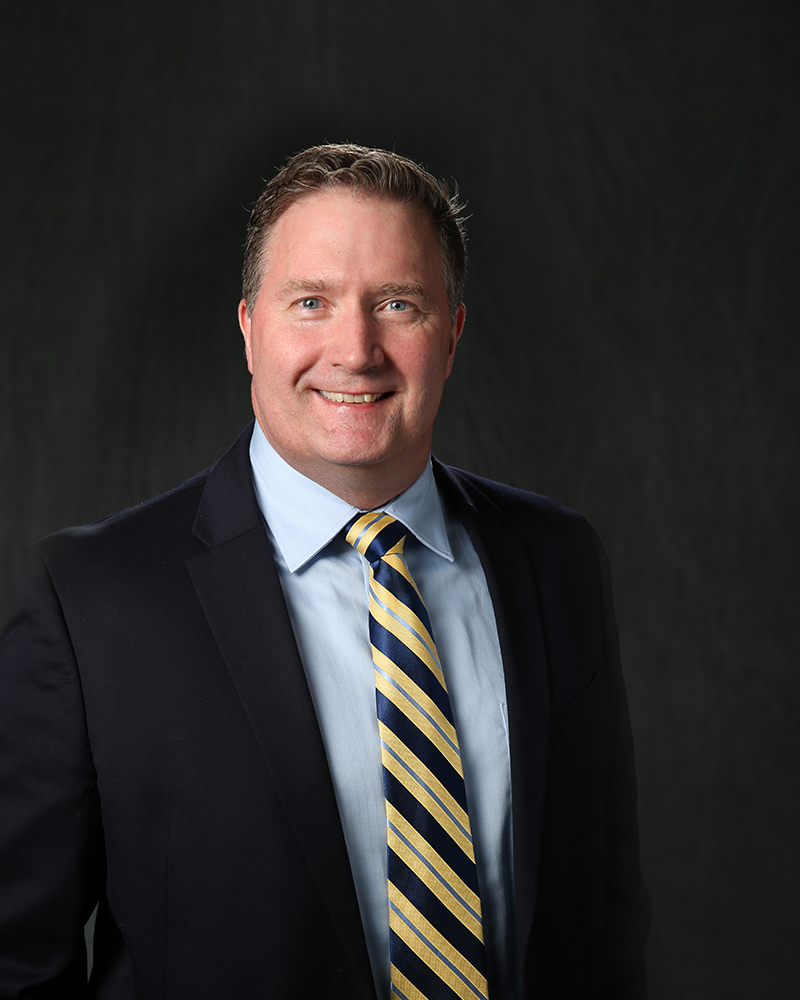In a self-described effort “to ensure consistent, predictable, and correct application” of the law, the U.S. Patent and Trademark Office (USPTO) recently provided new guidance as to how it will address and analyze subject matter eligibility under 35 U.S.C. §101 and how it will apply 35 U.S.C. §112 to computer-implemented inventions.
Subject matter eligibility
The USPTO’s revised guidance regarding the application of Section 101, in view of the Supreme Court’s decision in Alice v. CLS Bank and subsequent court interpretations of the decision, “extracts and synthesizes key concepts courts have identified as abstract ideas to explain that the abstract idea exception includes certain groupings of subject matter: mathematical concepts, certain methods of organizing human activity, and mental processes,” it said in announcing the changes.
If a claim does not “fall within” one of the three specifically enumerated categories, then the claim is likely directed to patentable subject matter under the revised guidance.
This guidance is not intended to change the scope of the abstract idea exception, but it seeks to clarify the procedure examiners use to determine whether a claim is eligible for patenting, says Mark Joy, a shareholder in Leydig’s Chicago office.
“The USPTO guidance seeks to replace highly subjective criteria by drawing a clear line between abstract ideas and patent-eligible subject matter, and thus make clear what the USPTO will allow and what it will not,” Joy says. “It will improve the ability of a party to assess the patentability of their invention at the outset.”
“This guidance is not without its controversy,” he adds. “Namely, the USPTO’s guidance appears to identify patent-eligible claims in its examples that are considered to potentially contradict Federal Circuit precedent.”
This concern was realized on April 1 when the Federal Circuit specifically criticized and rejected an example provided in the USPTO guidance for a patent-eligible claim directed to diagnosing a biological condition in a human. In finding the claims invalid under Section 101, the Federal Circuit specifically stated that it is not bound by the USPTO guidance. While the Federal Circuit has not specifically commented on other examples accompanying the USPTO’s guidance, the Federal Circuit’s express rejection of one specific example serves as a reminder that USPTO determinations of patent eligibility do not provide a safe harbor in subsequent litigation. One may also expect the USPTO to revise its guidance in view of subsequent court decisions.
The USPTO’s recent guidance also provides a secondary determination that may save an invention that was deemed to fall within one of the three above-mentioned categories of traditional abstract ideas. In particular, a claim falling within one of the three traditional areas of abstract ideas may be patent-eligible if the examiner determines that the otherwise abstract idea “is integrated into a practical application of that exception.”
“This clarification also does not change the process for inventors, but in the area of computer technology, it does reinforce the need for parties to identify a technological problem they are solving with their technology and provide a detailed description of how their invention addresses the technological problem,” Joy says. “In other words, an application should describe with a high degree of clarity and detail how the claimed solution works.”
The takeaway from the recent developments in the USPTO and the subsequent court decisions is that while a concerted effort is underway to clarify the line between ineligible abstract ideas and patentable technological innovations, the line is unclear and controversial. One can improve the chances of avoiding invalidity under Section 101/Alice, however, by clearly identifying a technological problem and describing (in detail) a technological solution. The description of a technological solution involves describing the functionality of the invention and how the functionality is carried out.
Computer-implemented inventions
The “Computer-Implemented Functional Claim Limitations Guidance” as to Section 112 aims to help USPTO personnel examine claims “that contain functional language, particularly patent applications where functional language is used to claim computer-implemented inventions.”
The Section 112 guidance focuses on the need to provide sufficient technical detail related to the implementation of a claimed function and how an intended outcome or solution is accomplished.
In making a determination of whether to interpret a claim term under 35 U.S.C. § 112(f), the guidance states that “examiners should check whether: (1) the specification provides a description sufficient to inform one of ordinary skill in the art that the term denotes structure; (2) general and subject matter specific dictionaries provide evidence that the term has achieved recognition as a noun denoting structure; and (3) the prior art provides evidence that the term has an art-recognized structure to perform the claimed function.”
When a claim term is interpreted as a means-plus-function limitation, the specification must disclose components and/or an algorithm for performing the function, or else the claim may be indefinite under 35 U.S.C. § 112(b).
To satisfy the written description requirement under Section 112(a), the guidance provides that “the specification must describe the claimed invention in sufficient detail such that one skilled in the art can reasonably conclude that the inventor had possession of the claimed invention at the time of filing. For instance, the specification must provide a sufficient description of an invention, not an indication of a result that one might achieve.”
This guidance means that the specification for computer-implemented inventions cannot include only “black box” drawings that give short shrift to the underlying system components that achieve a specific result, says Brian Loker, counsel in Leydig’s San Francisco Bay Area office.
“When you draft claims directed to computer-implemented inventions, the specification needs to disclose the hardware and software algorithms in sufficient detail,” Loker says. “Claimants should always include structural diagrams that lay out the system components and flowcharts showing the steps of any algorithms to satisfy the disclosure requirements under the new guidance.”

